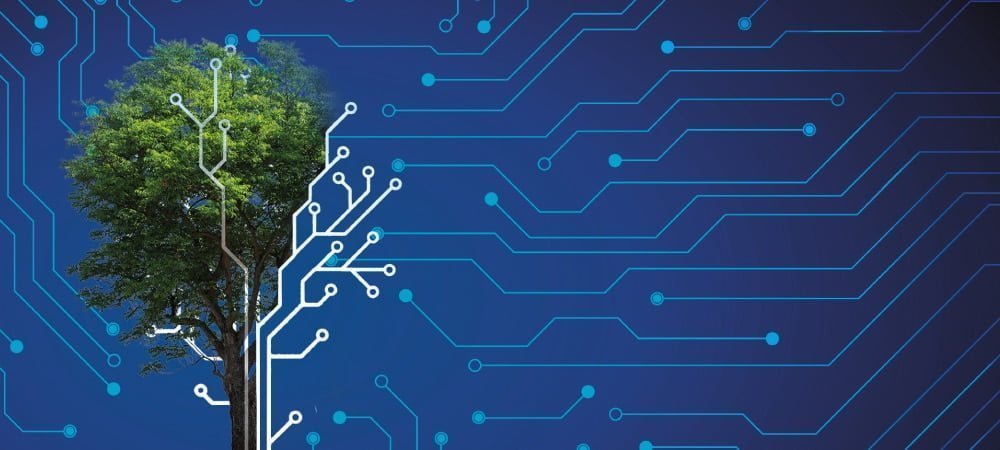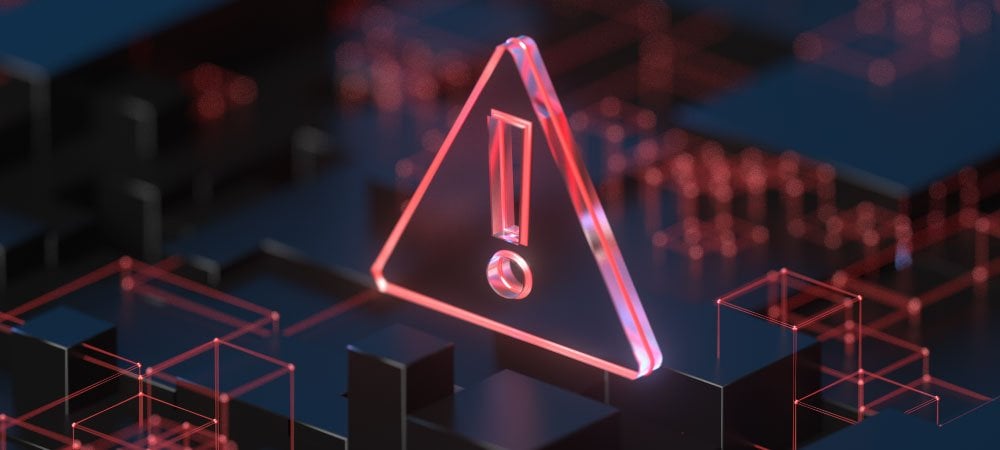

I am writing here about cloud computing in the complex ERP environment as represented by the R/3, ECC 6.0 and S/4 applications for many years. This discourse on cloud cuckoo land does not refer to email hosting, Google search, ChatGPT, Amazon Storage or cloudnative applications from Salesforce (CRM) and Workday (HCM), but exclusively to a multi-tier, complex SAP architecture. Nor does it take into account the concerns and plans of new SAP customers who are marching blithely and hopefully into the public cloud without any legacy issues.
SAP's directional dispute is about half a year old and raging between experienced SAP executives and the Executive Board. The initial situation is trivial: The best of all global ERP systems is based on a well-thought-out and complex architecture. Many decades ago, Professor Hasso Plattner and his then Chief Technology Officer Peter Zencke invented the three-tier client-server model. It consisted of a central database server, several application servers and hundreds to thousands of clients. This architecture was later virtualized, and there is nothing to stop the client-server model from being successfully transformed into a cloud.
The cloud transformation of an operational SAP system is costly and complex to plan, but almost trivial as an operating model - which has ultimately led numerous SAP executives to keep dreaming of "cloud only". Christian Klein cannot be blamed for this. The SAP CEO is not a technician. He sees the supposedly low cloud prices for his existing customers and the high margins for SAP. But it's not that simple in the SAP universe, so some SAP managers have been anxiously knocking on Christian Klein's door to motivate him to embrace hybrid, if not on-prem, operating models.
For a long time, Christian Klein remained stubborn. He insisted on "cloud only", then, under pressure from the SAP community, was prepared to take a first step in the direction of "cloud first" and finally spoke of hybrid scenarios in the fall of last year.
The latest financial market report revealed the status of the cloud at SAP: Group revenue is expected to rise to more than 37.5 billion euros by 2025. Previously, the target had been 36 billion euros. The expectations for cloud revenues, SAP's growth driver and Christian Klein's favorite topic in recent years, have been reduced to 21.5 billion euros from the initially planned figure of more than 22 billion euros. Total revenue is therefore expected to rise, while cloud revenue is expected to fall - a radical change of direction, isn't it?
An SAP ERP system consists not only of an operational part, which may well be in the cloud, but also of upstream systems such as development, quality assurance and transportation. The existing customer does not pay for licenses for these systems because they serve to support the operational ERP. Perhaps that is why they are not the focus of the SAP board? The fact is that an end-to-end view of ERP Landscape Management (LaMa) and Application Lifecycle Management from the perspective of SolMan (on-prem) and ALM (cloud) is quite important. The internal dispute at SAP relates almost exclusively to this fact that the server architecture for development, quality assurance, transport, and operational ERP is far from cloud-ready.
One example: Automated testing is an indispensable necessity for the public cloud with its regular and dynamic updates. Together with the company Tricentis, SAP wants to offer this function. What may work on a very small scale for an operational public cloud is far from available for a complex SAP system landscape. Experienced SAP managers are thus urging Christian Klein to pay increased and also sustained attention to on-prem operating models, where stable SAP Basis operation is possible with SolMan and many other IT tools. It may be that automated testing will also become possible in a few years.
Danger is not imminent: As can be seen from the quoted financial market report, Christian Klein and the SAP Executive Board are beginning to accept reality. The private cloud as an on-prem operating model will remain the only logical ERP architecture for the coming years. SAP has already started talks with leading IT server providers to offer corresponding private cloud offerings to existing customers. The directional battle will continue for a few more months. It will shift to a marketing and communication level and be forgotten in a year.




